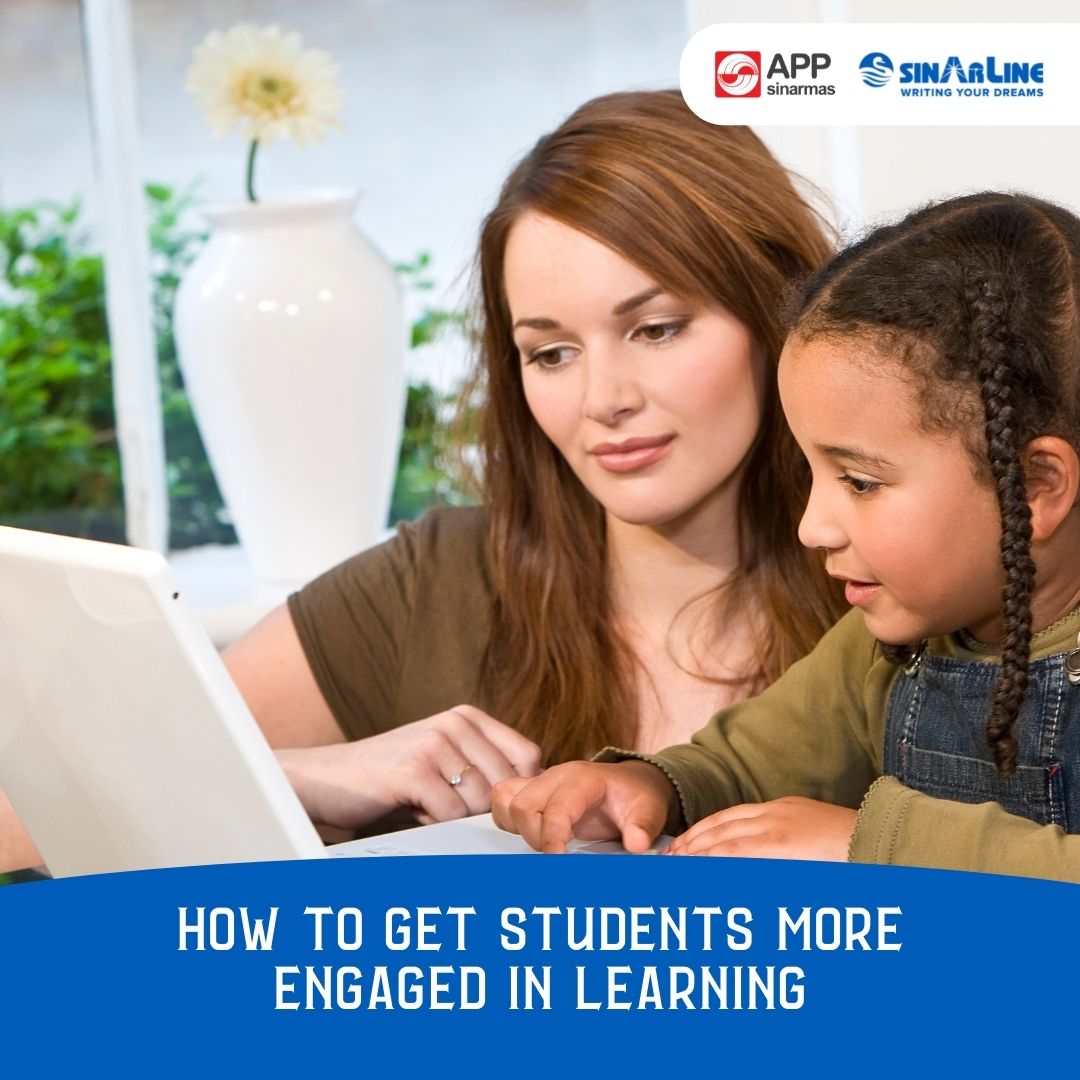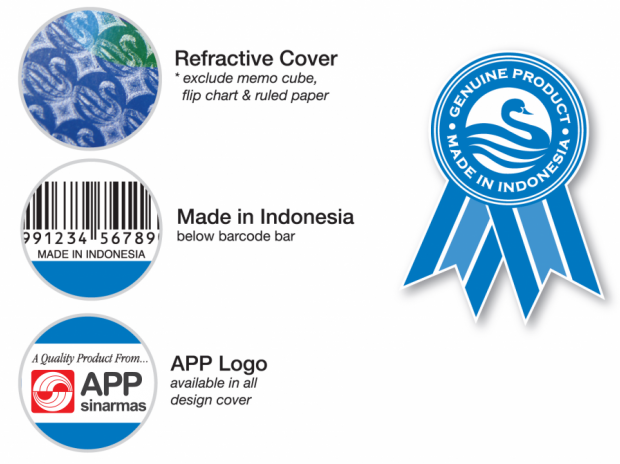Schools are going to re-open for the academic year 2021-2022 with classroom learning and optional distance learning. We thought this could be a time to shed some light on engaging kids in the learning process.
If you are a teacher and wish to create a better interactive experience with your students, and wish them to engage more in learning, you should be following these steps. The idea is to recruit their interest, which means finding ways to make learning “relevant, authentic, and valuable” in students’ lives.
In this post, we are going to talk about 5 steps you can follow to actively engage your students and help them feel personally connected to their learning.
- Connect things with real-life examples.
The best way to engage students in their learning is to make sure the material speaks to them.
Use teaching materials that are culturally relevant. Students who don’t find representations of their own cultures in texts are likely to lose interest in school-based literacies.
Have your students complete a short survey on their outside interests and use that information to assist in building your lesson plans. This will help your students see the connections between what they are learning inside and outside the classroom.
Another easy way to help students feel personally connected to what they are being taught is to talk about how they can apply the material in real life. Teachers demonstrate how students can apply math concepts to help them manage their personal finances, nutrition, and daily schedule.
Link routines to learning. You can also promote learning through classroom routines. For instance, a child learning to wash hands during bathroom breaks can also be taught science concepts (body parts, hygiene and disease prevention, water conservation), reading (bathroom signage), antonyms (hot/cold, left/right), and math (counting).
- Use students’ interests and fascinations.
Find out what your students are passionate about and then use those interests as natural motivators to increase engagement. Whether a child is fixated on one thing or has a few areas of intense interest, there are many simple strategies you can use to work those fascinations into your instruction. The result? Happier, more motivated students.
Allow a child to integrate their most-loved characters and possessions into your classroom reading time. One student was able to participate in a reading circle when his turn came once he was allowed to speak through a favorite puppet.
If you’re working on a math lesson, consider asking a student to write a problem, diagram, or pattern that relates to her particular area of interest. Sometimes, the best way to combine academic material with a student’s interests may not be immediately evident—but your students may see connections that you don’t!
You can explore a range of Sinarline Exercise books here you can use while trying to engage your kids in various learning activities:
https://sinarline.com/product-category/school-stationery/
- Give students choices
Be it doing homework or working on classroom assignments, make sure you give them options to select. When students get choices they feel they are making a decision for themselves and ultimately become more responsible in completing their tasks.
- Hook their interest with fun transitions.
Research says, “All students are more engaged when they enjoy classroom life, laugh, and connect with peers.” Transitions between activities can be the perfect time to infuse more joy and fun into your daily routine–and get your students energized and excited to learn.
- Teach students self-monitoring skills
An advanced way of involving children so they stay engaged in their learning is to help them develop greater self-regulation skills. Children sometimes struggle with self-awareness, so they may not even realize when they’re straying off task or acting in disruptive ways. When children are taught to regulate their behavior and work independently, they develop habits to help them succeed and you are freed to operate more flexibly in the classroom.
When you make a concerted effort to engage students in their learning, they’ll be better able to maintain focus, sustain positive behavior, and grasp and retain the material you’re working so hard to deliver—a positive outcome for everybody!




